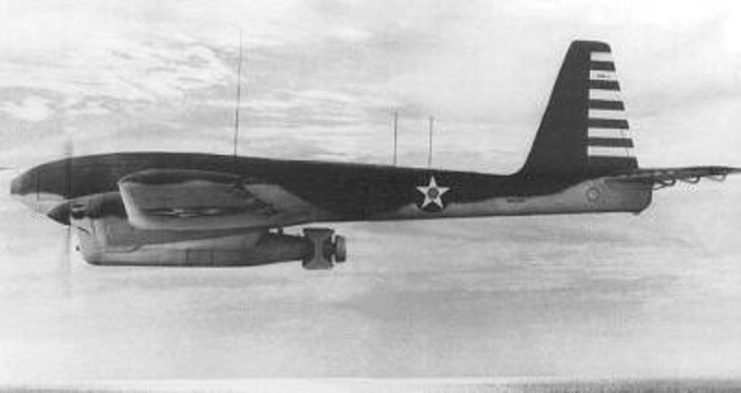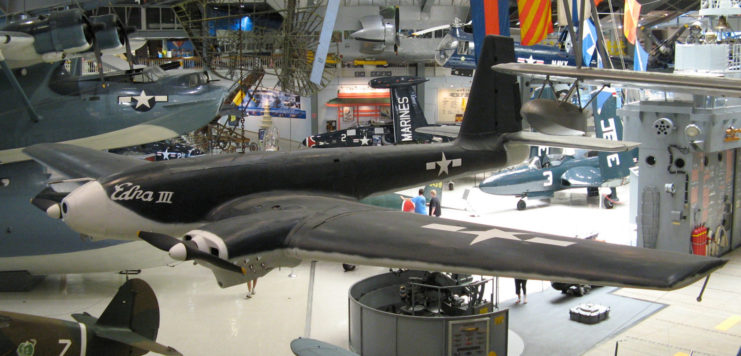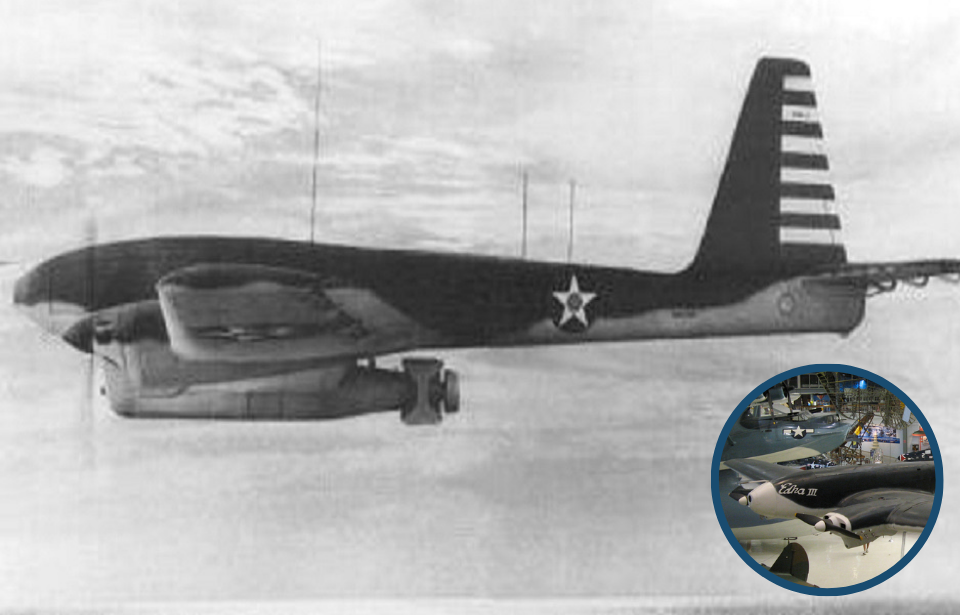One of the longest-running missions that have continued throughout warfare is finding ways to reduce human involvement in conflicts. Today, drones have enabled this goal to become a reality. But while crewless aircraft seems like a modern tool, they have actually existed for almost as long as the aircraft itself.
For most of human history, humans had to be directly involved in most combat situations as the technology required the precise guidance of an actual person. However, as technology advanced, man has been slowly getting further and further from the enemy. The sword had greater range than fists, and then the bow and arrow easily out-ranged the sword. Firearms, cannons, bombs, and missiles have continued this trend even further. Now, aircraft can be remotely controlled from the other side of the Earth in real-time.
Distancing humans from combat has a number of benefits. Obviously, removing the human element reduces casualties, which is always a good thing. But, technology has now reached a point where the human is often the weakest link. Machines don’t get tired, don’t get sick, and carry out orders exactly as required. For these reasons, drones are terrifyingly efficient.
The first drone strikes occurred during WWII.
TDR-1

In 1942 the United States began a project to develop cheap and simple to operate drones. With the outcome of the war uncertain, far-fetched, and unproven technologies like this were placed quite low on the military’s priority list. However, this type of vehicle could be extremely useful in the Pacific Theatre.
The drones were built by Interstate Aircraft and were constructed primarily out of wood stretched over a metal frame. They had two engines and a removable cockpit so they could be flown by a human when needed. As a drone, its main function was to fly without a crew in the aircraft.
It was to be controlled remotely by a pilot located in a TBM Avenger that would follow the drone. For the time it used some impressive technologies to make this possible. In the TDR-1’s nose was a television camera. This transmitted live feedback to a five-inch screen in the Avenger. Naturally, the picture quality was poor and not exactly something you’d want to watch the latest blockbusters on, but it was good enough for the pilot to see large targets like ships.
Three Special Task Air Groups (STAGs) were assembled to operate the aircraft, first being shipped out in mid-1944. When they arrived on the Solomon Islands, they quickly found that the tropical conditions and the primitive infrastructure were a nightmare for their delicate drones.
They were tested against a Japanese cargo vessel beached near Guadalcanal on June 30, 1944. Four drones were used, three of which hit the ship. Of these, two successfully exploded. With this display, the STAGs were allowed to start using them in combat.
In September four drones were sent on a mission to Bougainville to destroy another beached Japanese vessel. This particular ship though had been converted into an anti-aircraft battery. Each aircraft carried a 2,000 lb bomb and had to fly 55 miles to the target.
One was lost on the way, another very nearly hit the ship but didn’t explode, while a third hit the ship but also failed to explode. The final aircraft slammed straight into the ship and its 2,000 lb ordnance successfully detonated.
Over the next month more missions were flown, some of which were to targets 160 miles away.
Withdrawal
The drones successfully attacked various military facilities but were generally disliked by US Navy brass and as a result taken out of service by November 1944. This was not for any major fault with the designs, but likely because of a lack of understanding of such a new and radical technology. No American lives had been lost relating to their use.
Of the 46 drones sent to targets, 15 were lost before they arrived, while half of the rest hit their targets. The Navy said that the “The drone is capable of precision attack given a target of sufficient size and sufficient definition as to be visible in the television screen.”

Today just a single TDR-1 survives and is located at the National Naval Aviation Museum in Pensacola, Florida.
